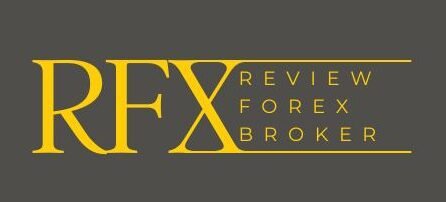When trading in the forex market, understanding the costs associated with your trades is crucial for maintaining profitability. Forex broker fees and hidden charges can significantly impact your overall trading performance. In this blog, we’ll break down the various types of fees and charges you may encounter when trading forex, helping you make informed decisions and choose the right broker for your needs.
1. Types of Forex Broker Fees
1.1 Spread
The spread is the most common cost associated with forex trading. It is the difference between the buying (ask) price and the selling (bid) price of a currency pair. Brokers may offer either fixed or variable spreads:
- Fixed Spread: This spread remains constant regardless of market conditions. It can provide predictability, but it may be wider than variable spreads.
- Variable Spread: This spread fluctuates based on market conditions, liquidity, and volatility. While it can be narrower during stable market conditions, it may widen during high volatility periods.
1.2 Commission
Some brokers charge a commission on trades, either as a flat fee or as a percentage of the trade value. Commission-based brokers often offer lower spreads, making it essential to calculate the overall cost of trading when evaluating different brokers.
1.3 Overnight Fees (Swap Rates)
If you hold a position overnight, you may incur overnight fees, also known as swap rates. These fees are applied based on the interest rate differential between the two currencies in the pair you are trading. Depending on the direction of your trade, you may receive or pay this fee. It’s essential to check your broker’s swap rates, as they can vary widely.
1.4 Deposit and Withdrawal Fees
Many brokers charge fees for depositing or withdrawing funds from your trading account. These fees can vary based on the payment method you choose, such as credit cards, bank transfers, or e-wallets. Always read the broker’s terms to understand any fees associated with funding and withdrawing your account.
2. Hidden Charges to Watch Out For
2.1 Inactivity Fees
Some brokers impose inactivity fees if you do not log into your trading account or execute trades for a specified period. This fee can eat into your account balance if you’re not an active trader. Before opening an account, check if your broker has an inactivity policy.
2.2 Currency Conversion Fees
If you deposit or withdraw funds in a different currency than your trading account’s base currency, you may incur currency conversion fees. These fees can add up, especially if you frequently fund your account from a different currency.
2.3 Account Maintenance Fees
Certain brokers charge account maintenance fees, which may be applied monthly or annually. These fees can be particularly relevant for accounts with lower balances. Always inquire about any account maintenance fees before signing up.
2.4 Non-Trading Fees
Aside from trading costs, some brokers may charge non-trading fees for services such as account statements, reports, or additional data feeds. If you require these services, it’s vital to understand the associated costs.
3. How to Evaluate Broker Fees
3.1 Compare Costs Across Brokers
When selecting a forex broker, it’s essential to compare the costs associated with different brokers. Look beyond just the spread; consider commissions, overnight fees, and any hidden charges. Create a table to assess the total cost of trading for various brokers based on your trading style and volume.
3.2 Read the Fine Print
Always read the broker’s terms and conditions thoroughly. Many fees and charges are outlined in the fine print, which can help you avoid unexpected costs later on.
3.3 Utilize Demo Accounts
Using a demo account can help you understand how fees affect your trading experience without risking real money. Many brokers offer demo accounts with similar fee structures as their live accounts, allowing you to experiment and evaluate costs.
4. Tips for Minimizing Forex Trading Costs
4.1 Choose the Right Broker
Select a broker that aligns with your trading style and frequency. If you trade frequently, a broker with low spreads and commissions may be more cost-effective. Conversely, if you trade less often, consider a broker with lower inactivity fees.
4.2 Optimize Your Trading Strategy
Implementing a solid trading strategy can help you minimize costs. Focus on high-probability trades and avoid overtrading, which can lead to unnecessary fees.
4.3 Stay Informed About Market Conditions
Being aware of market conditions can help you time your trades better. Understanding when spreads widen and when swap fees might apply can allow you to make more informed decisions.
Conclusion
Understanding forex broker fees and hidden charges is crucial for successful trading. By familiarizing yourself with the different types of fees, comparing costs across brokers, and reading the fine print, you can make informed decisions that enhance your trading experience and profitability.
Ultimately, the goal is to choose a broker that offers transparency, competitive pricing, and the features you need to succeed in the forex market. By being proactive and informed, you can minimize costs and make the most of your trading journey.

